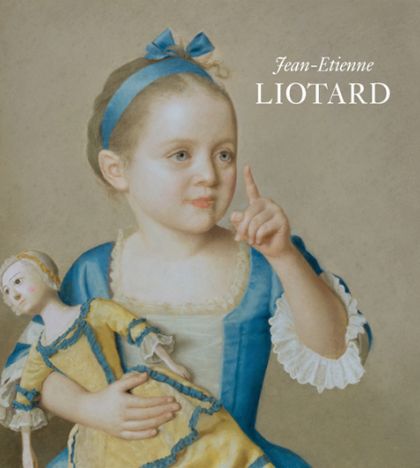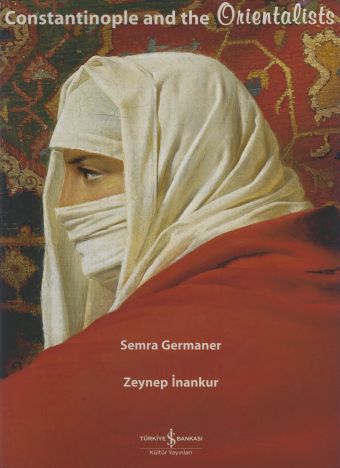Buy or gift a stand-alone digital subscription and get unlimited access to dozens of back issues for just £18.99 / $18.99 a year.
Please register at www.exacteditions.com/digital/cornucopia with your subscriber account number or contact subscriptions@cornucopia.net
Buy a digital subscription Go to the Digital EditionSir William Allan’s painting The Slave Market, Constantinople caused a sensation in 1838 and remains a fascinating essay in Orientalism. The Gallery, which has a world class collection, is home to the Royal Scottish Academy. Other paintings in the collection include James Dawkins and Robert Wood Discovering the Ruins of Palmyra by Gavin Hamilton. Dressed in togas, they are accompanied by their Turkish guide. In July 2015, the gallery opened a major exhibition of works by the great Orientalist painter Jeanne-Etienne Liotard, reviewed by Tim Cornwall in a Cornucopia blog
The Louvre, together with the Museum of Art and History in Geneva, has staged the first comprehensive exhibition of the work of this Swiss-born painter. It covers the full range of Liotards oeuvre, from his early work as a miniaturist in Paris to his wonderful pastels. Among them are some thirty penetrating self-portraits, and a group of sixty sketches made during his four-year stay in istanbul. When Ponsonby and his party moved on to Egypt, Liotard decided to stay.
Liotard was fascinated by all he saw during his eastern journeys, and his work, beautifully observed, was to supply many of the rococco artists of his day, including Van Loo, Fragonard and Boucher, with details of an Orient they never visited. But it was Istanbul that inspired him the most. After the painting Dame de Constantinople was exhibited at the show La Turquerie au XVIIIe siecle in 1911, the critic Léandre Vaillat wrote that Liotard was amused by :les petites Chypriotes, les femmes de Chio”, adding, however, that “celles de Constantinople l’ont viviblement séduit.”
On his return to the West, Liotard spent time in Vienna, where he continued to wear Turkish costume and a long silvery Moldavian beard.
As a portraitist he worked in Vienna, London and Amsterdam, where he married at the age of fifty-eight; he settled finally in Geneva with his five children.
His portraits, described by Horace Walpole as “too like to please”, influenced several of his English contemporaries. Liotard was an obsessive realist. In 1781 he wrote: “It is in drawing frequently and faithfully from nature that one can bring a picture to its highest degree of perfection.”
The exhibition is curated by Anne de Herdt, keeper of the department of drawings at the Museum of Art and History in Geneva. For the first time it brings together some 150 works from public collections in Geneva, Vienna, London and Amsterdam, as well as many from private collections.
An exhibition of one of the finest pastelists of the eighteenth century is all the more remarkable today given the difficulties of safely displaying and transporting pastels, in which the colour is fine dust that barely binds to the paper.


 Issue 66, December 2023
Turkey’s Centenary Issue
Issue 66, December 2023
Turkey’s Centenary Issue

Cornucopia works in partnership with the digital publishing platform Exact Editions to offer individual and institutional subscribers unlimited access to a searchable archive of fascinating back issues and every newly published issue. The digital edition of Cornucopia is available cross-platform on web, iOS and Android and offers a comprehensive search function, allowing the title’s cultural content to be delved into at the touch of a button.
Digital Subscription: £18.99 / $18.99 (1 year)
Subscribe now